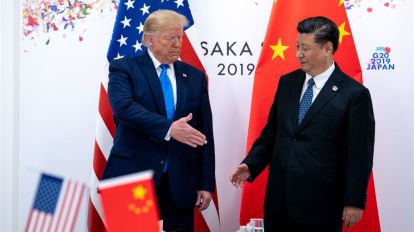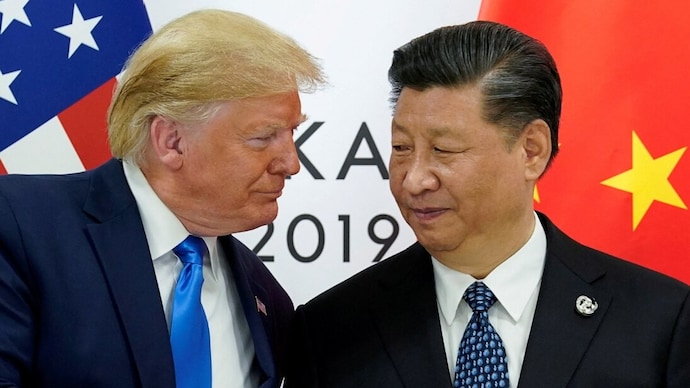The United States and China have agreed to slash reciprocal tariffs by a massive 115%, marking a significant turning point in their prolonged trade war. This historic move aims to de-escalate tensions and revive stability in global trade flows. The announcement was made following closed-door negotiations in Geneva between US Treasury Secretary Scott Bessent and Chinese Vice Premier He Lifeng.India’s Export Surge Amid Trade Realignment
What the Deal Includes
The agreement includes a 90-day suspension of additional tariffs and a commitment from both sides to roll back existing measures. According to Reuters, China has agreed to:
- Fix tariffs on US goods at 10%
- Suspend an additional 24% tariff for 90 days
- Eliminate 91% of retaliatory tariffs previously imposed
The US, in turn, is reducing its current 145% tariff rate on Chinese goods by 115%, signaling a mutual commitment to finding long-term solutions.
Why This Matters

This truce comes after years of harsh trade measures, with the US imposing steep tariffs and China retaliating in kind—including restricting exports of rare earth elements, critical for electronics and defense sectors. The back-and-forth had disrupted global supply chains and spooked markets worldwide.
Secretary Bessent remarked, “We would like to see China more open to US goods.” Meanwhile, Lifeng described the talks as “in-depth” and “candid.”
India Emerges as a Beneficiary
The US-China trade tensions had already started shifting global trade dynamics. With American buyers seeking alternatives to Chinese suppliers, India saw a boost in its exports. Analysts believe the latest de-escalation may not immediately reverse these gains, offering India a chance to deepen ties with Western economies.
As per China’s Ministry of Commerce, while exports to the US dipped over 20% in April, China’s overall exports grew 8.1% year-over-year, driven by strong demand from ASEAN and other regions.

What Comes Next?
This deal marks a crucial step toward normalization but is not the end of trade tensions. The 90-day window serves as a testing period. If both nations show continued good faith, a more comprehensive agreement could follow.
Expert Take
According to trade experts, cutting tariffs by 115% will:
- Lower costs for manufacturers in both countries
- Stabilize global commodity prices
- Ease pressure on global supply chains
Conclusion: A Step Toward Trade Stability
The US-China tariff deal of May 2025 is a clear sign that both countries recognize the long-term damage of an ongoing trade war. The 115% cut in reciprocal tariffs and a 90-day pause in escalation offer a much-needed break for the global economy. All eyes will now be on how this pause is used to negotiate a more durable economic relationship between the world’s top two economies.









